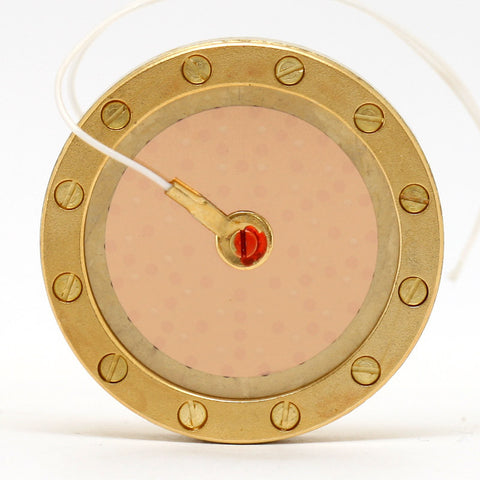Rode NT1 Mods

The original Rode NT1 uses a circuit based on the Schoeps transformerless design. It was implemented by Jim Williams of Audio Upgrades, and as such is a very sound design and excellent components.
Circuit Mods for the NT1
We see no value in attempting to "upgrade" this circuit. It is extraordinarily unlikely that you'd hear any sonic benefit from changing components.
The truth is that the original NT1 used components that are every bit as good, and possibly better, than what most DIY modders would want to install.
Capsule Replacement for the NT1
That said, we hear from NT1 (and NT2, and NT1A, and NT2A) owners weekly, asking how to make the mic sound less sibilant, less bright, less peaky, less hyped. If your NT1 is giving you a lot more high-frequency content than you need, we do have a fix for you.
The old NT1 used a variety of capsules, but most of them are based on the Neumann K67 design, which has a fairly sharp high-frequency boost. The K67 was intended to be used in a circuit that provided high-frequency de-emphasis, also known as "corrective EQ." But the NT1 circuit does not provide that correction. Simply put, the NT1 capsule and circuit don't get along.
 The fix is easy: change the capsule to a K47 type, such as our RK-47. This will give the microphone a broad, rich midrange boost, with a neutral top end. The result is great on male vocals, voiceover, strings and percussion.
The fix is easy: change the capsule to a K47 type, such as our RK-47. This will give the microphone a broad, rich midrange boost, with a neutral top end. The result is great on male vocals, voiceover, strings and percussion.
The NT1 uses a proprietary rubber harness to mount the capsule. The RK-47 has the same outside diameter as the stock K67 type capsule, and therefore can be sandwiched into the existing harness.
Click for more information about the RK-47 capsule.
What about the grille?
We get asked every week about grille mods for the NT1/NT1A. Our answer is: don't change it. In the past, we recommended ripping out inner layers of mesh to make the mic sound more "open." But after testing a few such modifications, we learned that single-layer grilles often sound worse than the original multi-layer grille. The problem with most single-layer grilles is that they resonate in the audio band. In other words, the single remaining layer of mesh will ring in sympathy with whatever you're trying to record, and you'll hear that in every track.
Neumann and Shure have invested tens of thousands of dollars into grille design. Most of their microphones use a 3-layer grille. Why? Because it is more effective at blocking EMI, RFI and plosives, and because the use of multiple layers of different-gauge material prevent any one of them from resonating when excited by acoustic or mechanical energy.
In our testing, any sonic improvements by using a less-dense grille are overwhelmed by the resonance problem. For this reason, we recommend leaving the NT1 grille as it came from the factory.
